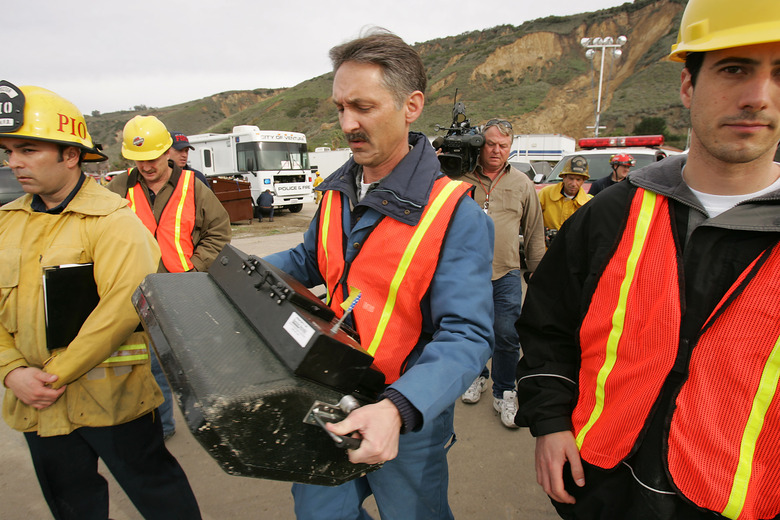What Is Spatial Sampling?
Researchers who want to determine the distribution of certain properties over geographic space are usually faced with sampling limitations. For example, a mining company that wants to know the percent content of ore in a mine can't test every inch of the mine's area to determine its contents. The company might instead use spatial sampling to test representative samples across the entirety of the mine to estimate the total value of the mine.
Sampling Basics
Sampling Basics
In spatial sampling, a number of samples are taken to determine the contents of a larger geographic area. Each sample point contains information on the variable of interest at that spatial location. The overall distribution and frequency of the variables of interest are then calculated for the entire area based on the frequency and distribution of the elements throughout the spatially sampled region.
The Bigger Picture
The Bigger Picture
Spatial sampling is critical for determining the contents of large areas. Studying the total contents of a large land mass is usually prohibitively expensive. Spatial sampling allows the contents instead to be inferred by studying less than 1 percent of the geographic area. Once data is collected, statisticians can use methods such as linear regression to extrapolate the overall composition of the geographic area from the information contained in the individual samples.
Potential Biases
Potential Biases
If the contents of a study space vary at different points in the space, the area is called heterogeneous. Highly heterogeneous spaces can be difficult to study using spatial sampling; if a spatial sample misses a portion of an area that is different from the rest of the area, then conclusions drawn about the whole from the sampling procedure will not be accurate. It is important to avoid sampling biases based on convenience, such as portions of an area being easier or cheaper to access.
Research Applications
Research Applications
Researchers can apply spatial sampling techniques to study a wide range of issues. For instance, prairie researchers use spatial sampling to determine the flora and fauna contents of entire prairies by sampling certain representative locations. These methods can also used for studying the presence of invasive or endangered species in national parks and other wildlife areas. Corporate and sociological uses for spatial sampling include determining the political views or product preference across different marketing areas.
Cite This Article
MLA
Howard, Dan. "What Is Spatial Sampling?" sciencing.com, https://www.sciencing.com/info-12198570-spatial-sampling/. 7 August 2017.
APA
Howard, Dan. (2017, August 7). What Is Spatial Sampling?. sciencing.com. Retrieved from https://www.sciencing.com/info-12198570-spatial-sampling/
Chicago
Howard, Dan. What Is Spatial Sampling? last modified March 24, 2022. https://www.sciencing.com/info-12198570-spatial-sampling/
